It’s been a long day. You’re looking forward to a nice drink to savor as you unwind. Sublime flavors swirl around your mouth as the perfect concoction has finally met your palate. One may ponder its origins — the Scottish Highlands, a tropical island, or maybe even down the block from a local distiller! But have you ever thought about just how your favorite adult beverage got to your taste buds in the first place?
The journey that spirits take from fermentation to filling your bar supplies is a time-honored design that enables you to enjoy each and every bottle of the good stuff. Distribution systems are key to making sure you’ve got access to every delicious drop. Think of it as the road that even the most carefully crafted and gracefully aged liquors must tread, be it to your living room couch or most cherished bar stool.
The First Taste of Liquor Logistics
Liquor distribution navigates a complex chain of physical and legal logistics — taming many beasts — to deliver our soothing grogs. It falls into three tiers: producers, distributors, and retailers. It didn’t happen overnight, and the reasons for it lie in some astonishing history.
Back in the good old days, for example, you could only get your favorite brand of beer in salons and retailers, which were either sponsored by a brewery or even owned by them. Want a Schlitz? Before distribution laws, the only way to get a Schlitz was in a place that was allowed to sell only Schlitz. Imagine — no Heineken, no Corona, no Budweiser. Those you had to get elsewhere. With producers owning stakes in bars, competition was stifled, and consumer choice went down the drain.
Modern Era
After prohibition ended with the 21st Amendment, issues like anti-trust practices, consumer safety, and a tax collection structure were left for the states to establish. Here, then, was the birth of the three-tiered system. It works like this:
- Manufacturers (distillers, breweries, wineries) make the beverages we enjoy and sell them to distributors or importers.
- Distributors acquire the product from the producers or importers who, in turn, comply with local and federal regulations to ensure quality control and tax collection protocol is followed.
- Bars, restaurants, and retailers receive the product from distributors and legally sell their spirits to consumers.
All of this maintains a system of checks and balances, which keeps the chain healthy and whole. State and federal tax collections go to public works and services that benefit everybody. Manufacturers all have a fair shot at the market, while retailers can choose which products they want to sell.
And that means more choices — whether you’re bellying up to your favorite watering hole or putting together home bar supplies to inspire your inner mixologist. Beyond satisfying your palate, it can also give you the option of demanding a better quality product that doesn’t impact your personal ethical standards, such as unsafe labor practices.
Major Players
After all of this distribution talk, you might feel like you need a drink! But over time, this system has yielded market efficiencies and solid companies that make sure you get the booze you are looking for every single day.
Consider companies like Anheuser-Busch. Besides owning such diverse brands as Budweiser and Shock Top, they have a multitude of distributors in their portfolio.
On the wine and spirits side, Southern Glazer’s is on top of the game in the United States. Representing over 5,000 brands, you can be pretty sure that something they moved from production made it to your glass at some point in time. Serving up spirits in 44 states means they got everything from Absinthe to Zinfandel to a cocktail kit near you one way or another!
Several trade groups keep an eye on liquor distribution, balancing industry interests with consumer protections. The National Alcohol Beverage Control Association has been assisting distributors since 1938 by keeping up on regulations while acting as liaison with the federal government. Alcohol policy is deeply impacted by their research, including how a product safely makes it to market.
Looking Ahead
Whether you’re a wine shop, a pub, or a bar supply store, how the regulatory landscape of liquor distribution works — and how it will work in the future — has a direct effect on your business planning. One of the major concerns is the effects of massive consolidation in the industry, which seems to threaten the independence of small-batch distillers and craft brewers. And yet, it may provide openings for new players as well.
Meanwhile, the future for the consumer is just as uncertain. As the COVID-19 crisis has proven, businesses of all kinds face unpredictability. Sales at bars and restaurants are down due to closures and safety restrictions. But then again, people sure seem to be drinking more at home if social media posts hold any truth to them!
While the current three-tiered distribution system may face challenges, the alcohol industry as a whole has proven resilient. Whether you’re looking to score a dram from a local tasting or stocking up on home bar supplies, the infrastructure in place remains sound, adroit, and ready to keep on pouring.





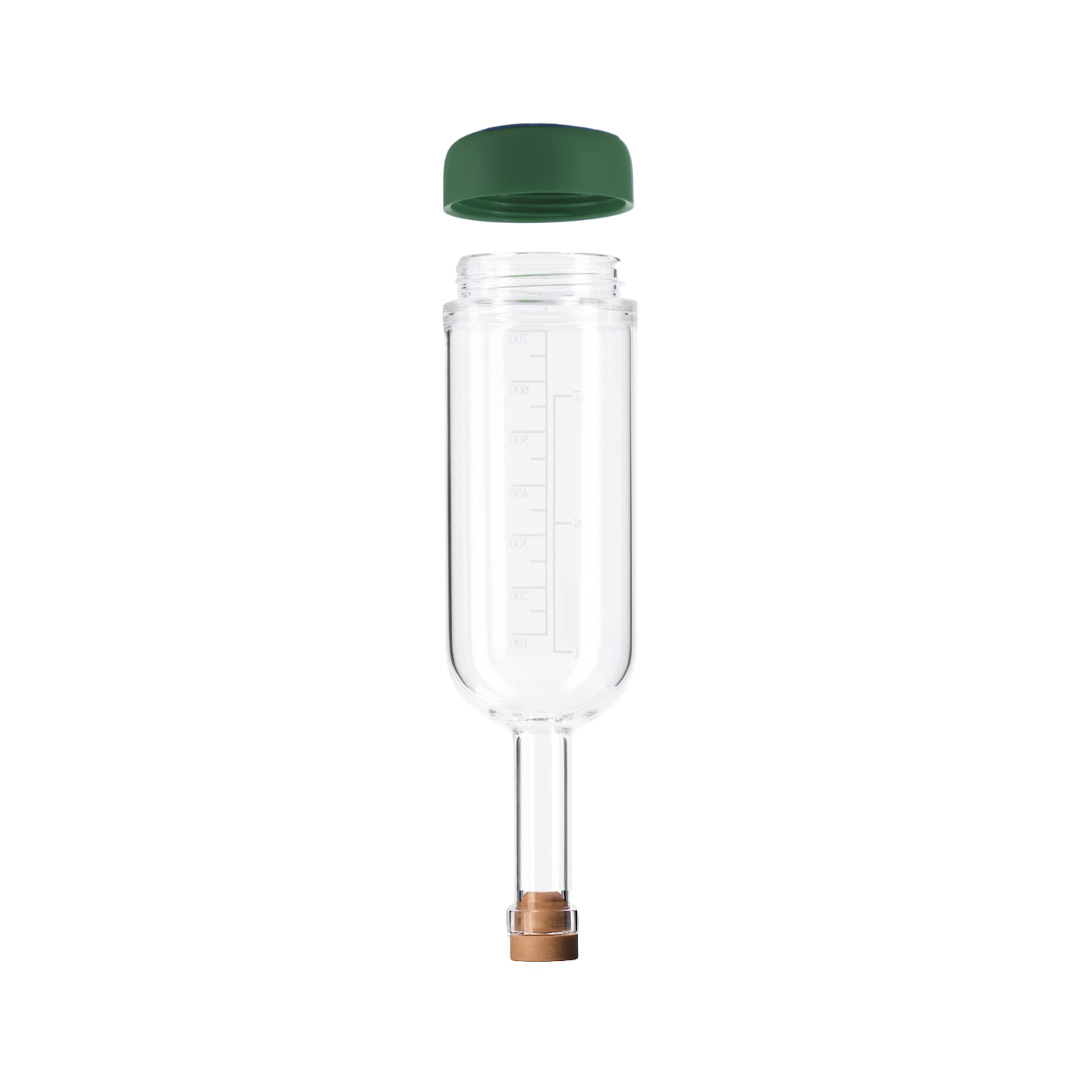
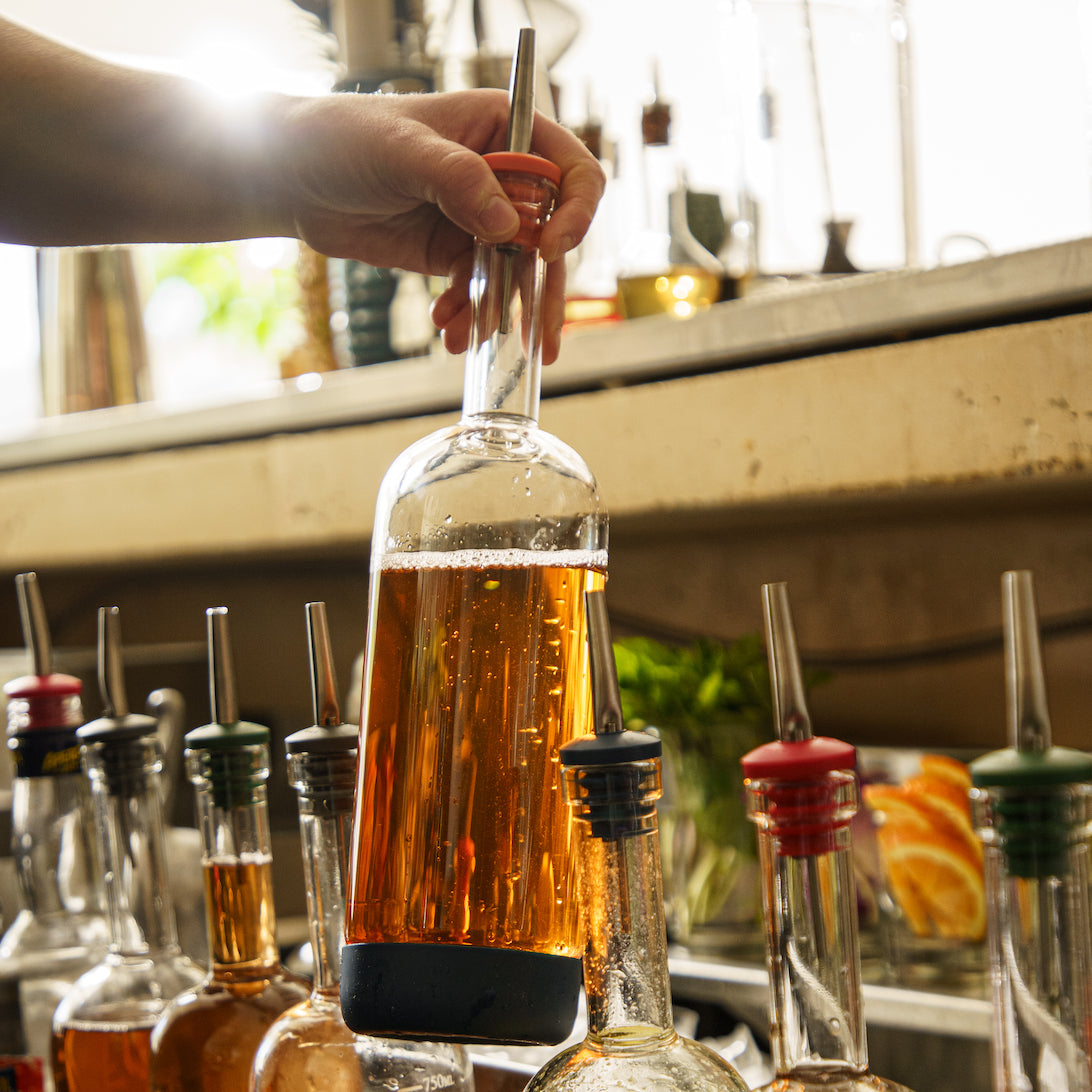
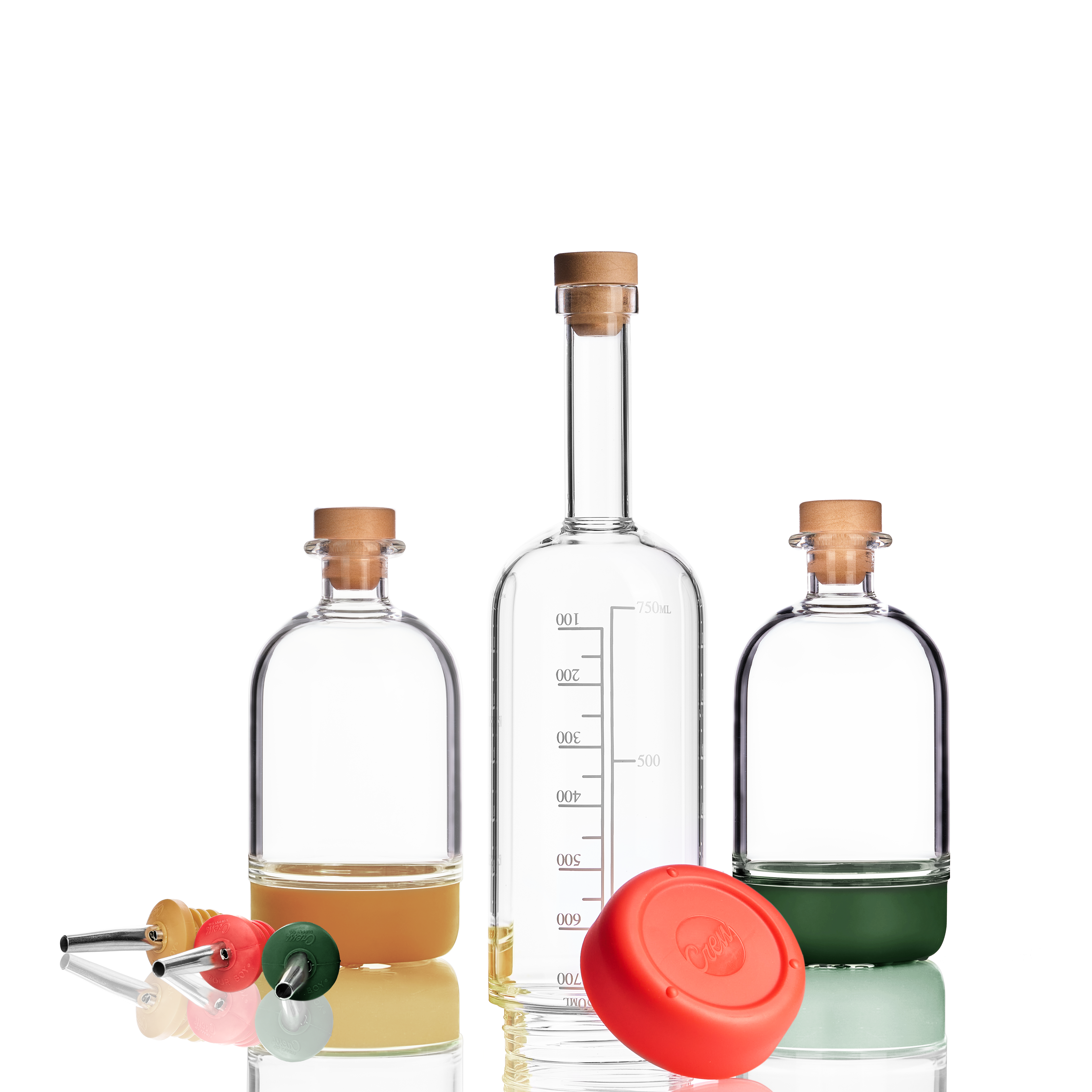

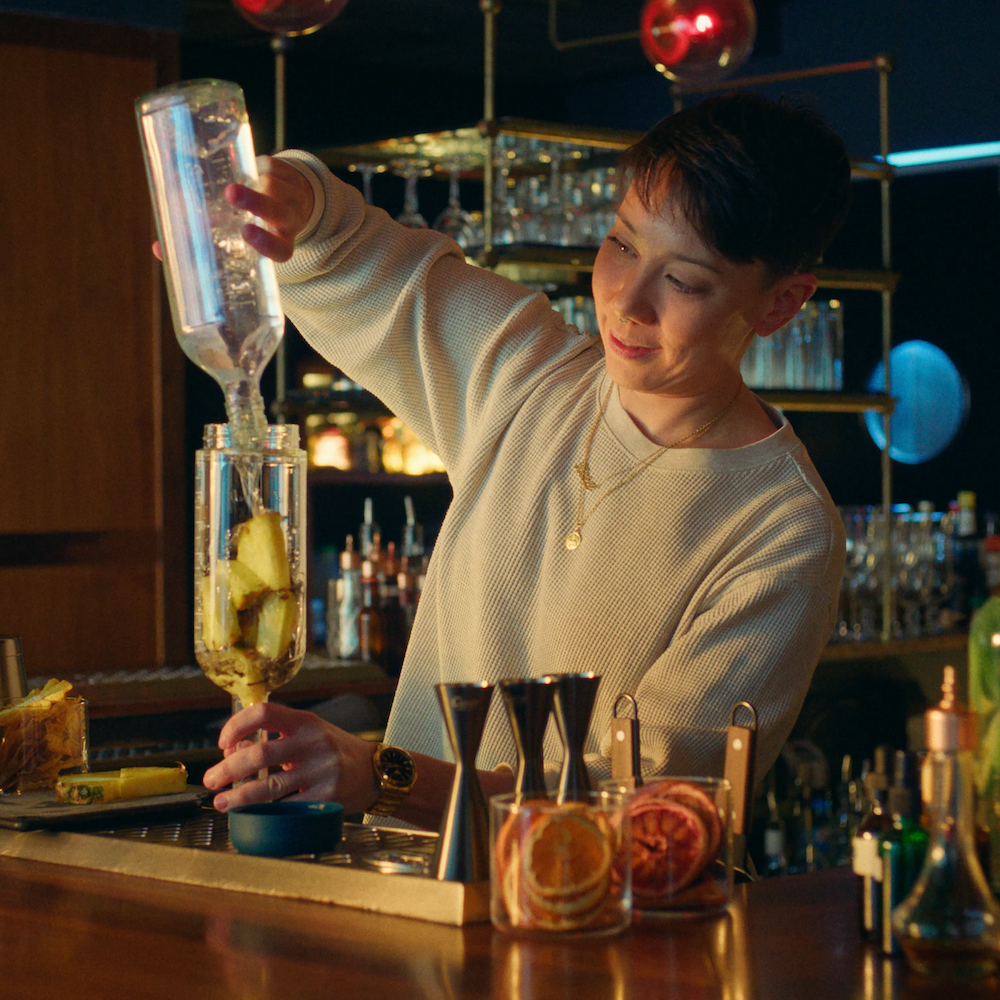

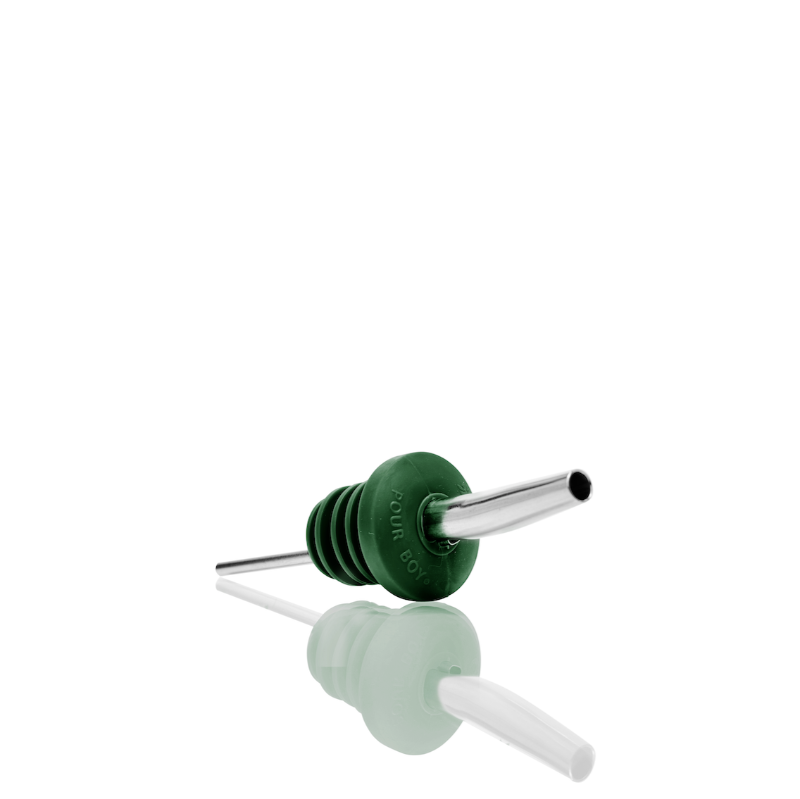

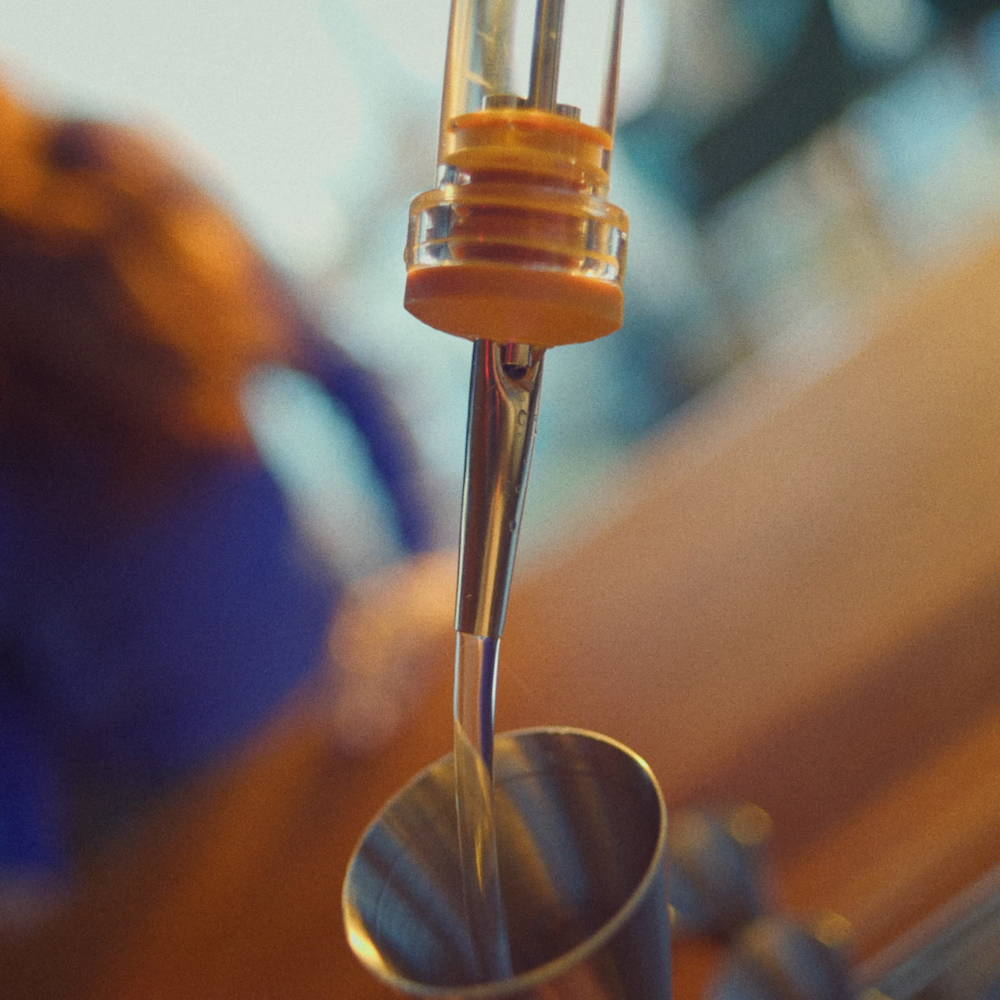
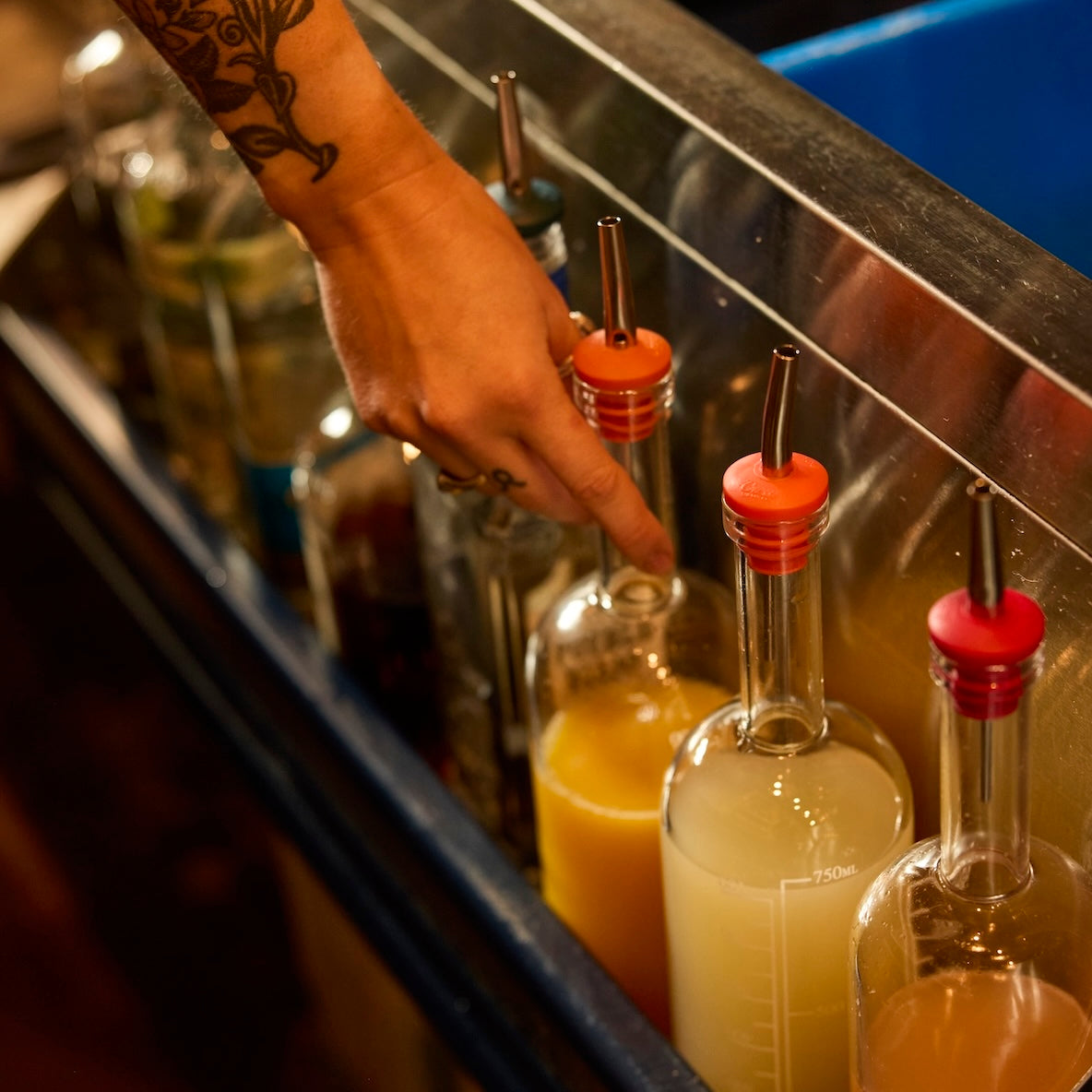
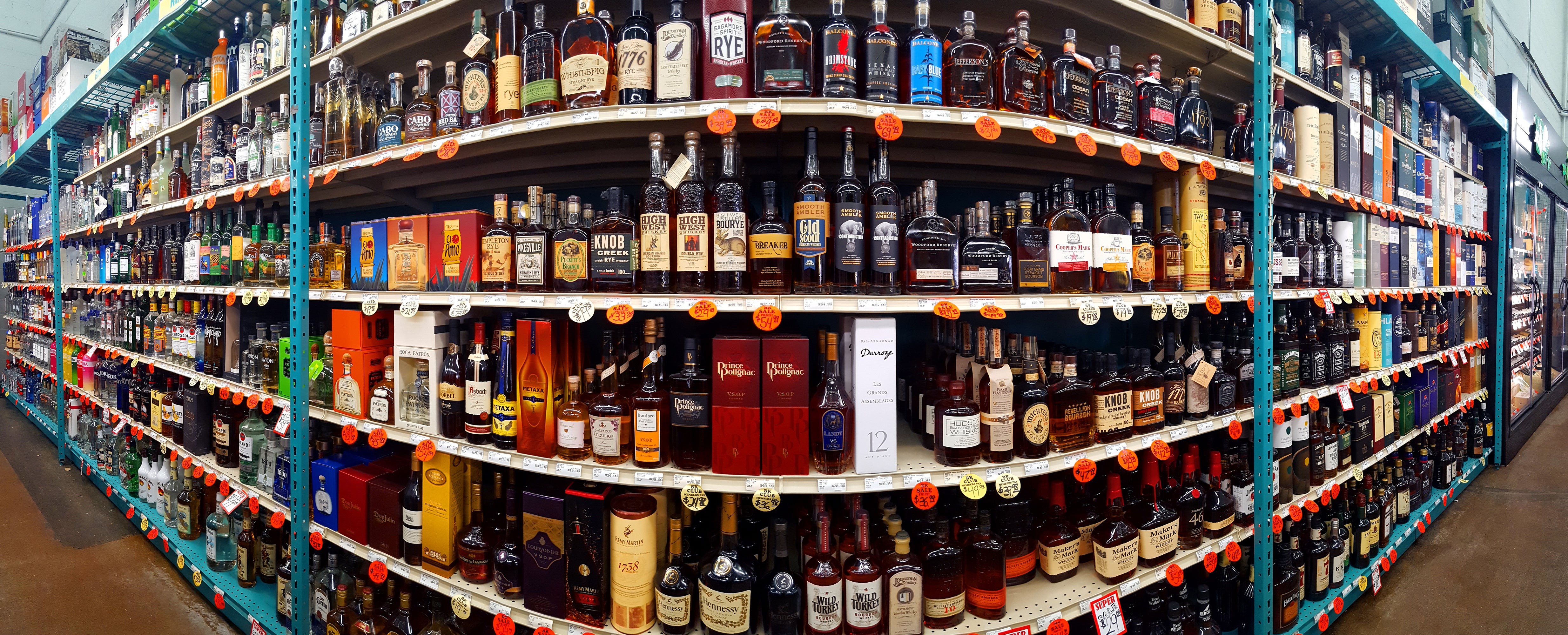
Share:
The Past, Present, and Future of CBD-Infused Cocktails.
Craft Tech® Glass: The Future of Barware.